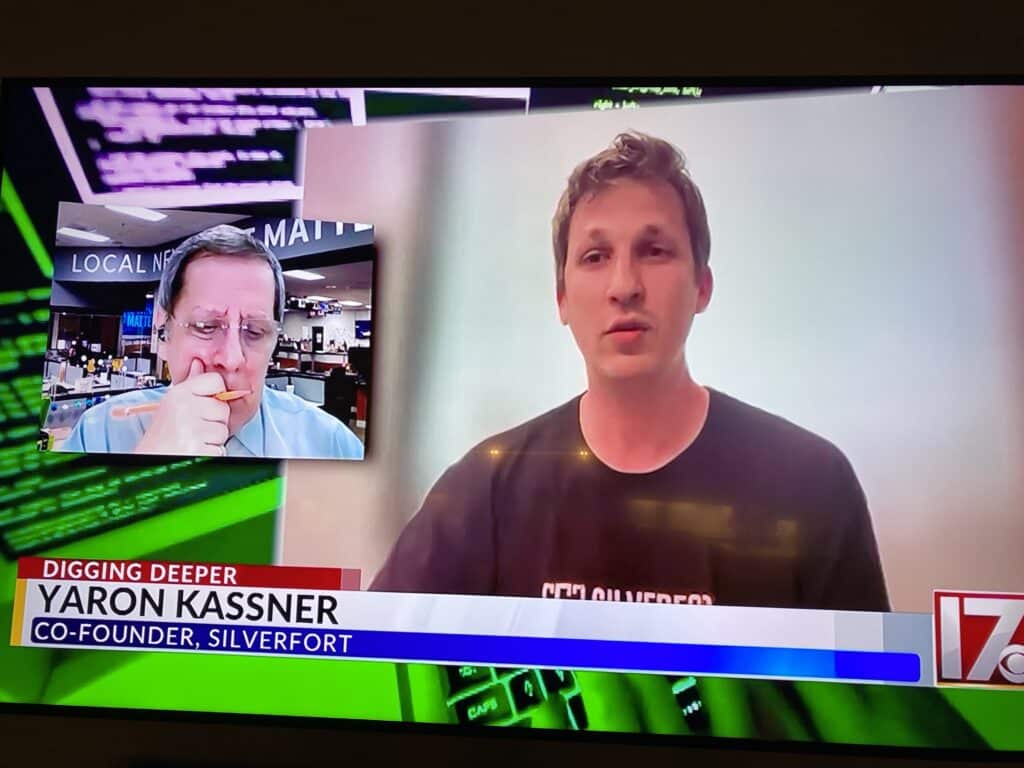Our Co-Founder and CTO, Yaron Kassner, talks to CBS17 about how businesses can protect themselves from attacks taking advantage of Silicon Valley Bank’s recent collapse.
Watch the feature here: https://www.cbs17.com/news/investigators/watch-out-scammers-are-using-the-silicon-valley-bank-collapse-to-steal-identity/


